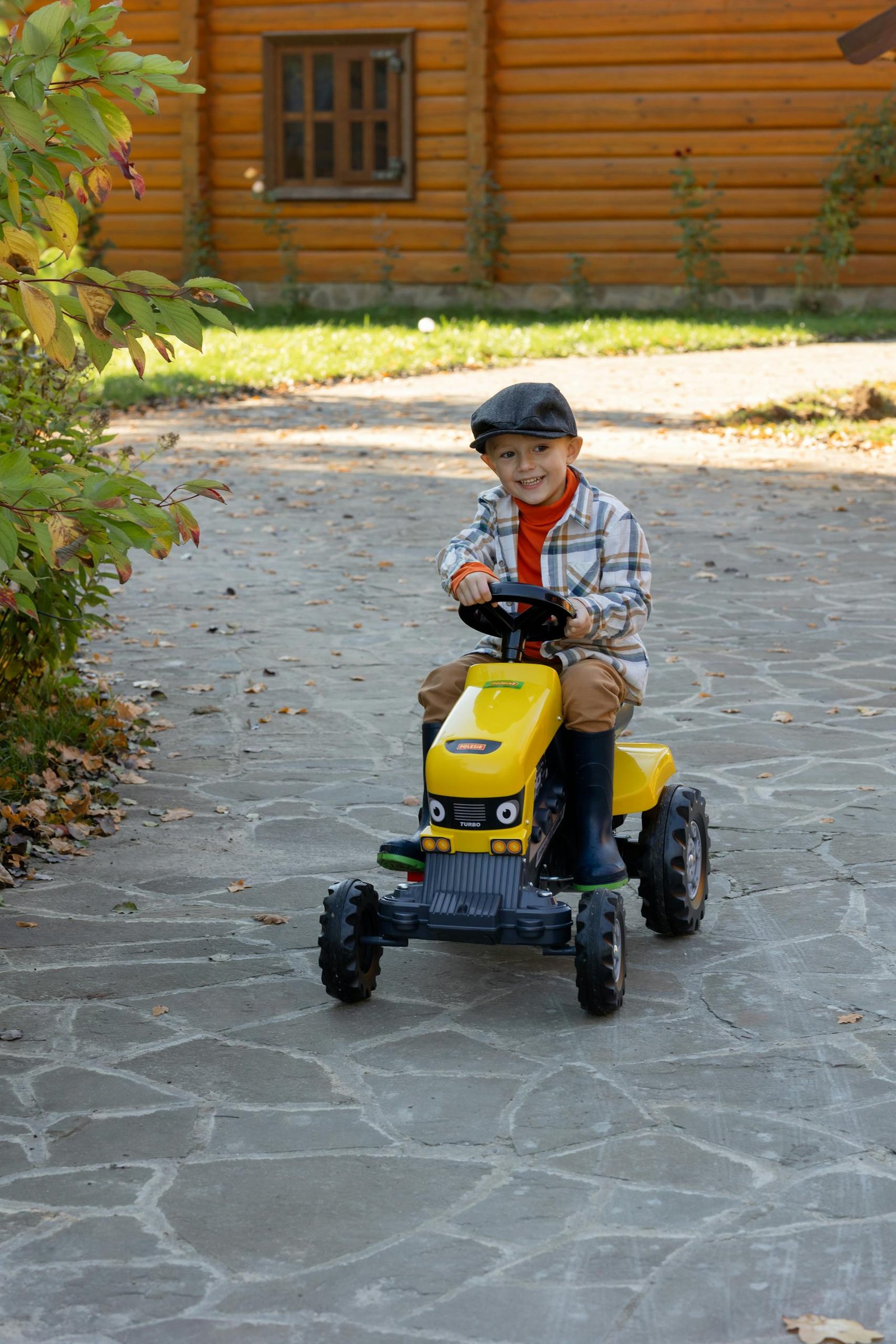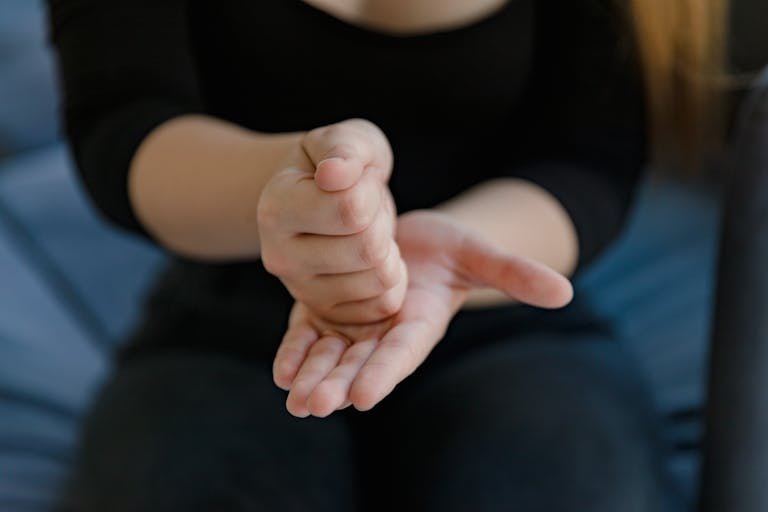
Hey there,
If you’re reading this, you’ve probably been on quite a journey. Getting started with Applied Behavior Analysis (ABA) therapy is a huge step for any family. It’s a path filled with hope, hard work, and a whole lot of data sheets. But there’s a part of this journey that we don’t talk about nearly enough: knowing when it’s time to change things up.
When is it time to reduce hours, transition, or even “graduate” from ABA therapy?
Let’s get one thing straight right away: this isn’t about quitting or failing. It’s about recognizing progress and moving on to the next chapter. As an RBT who has been in the trenches with families, I can tell you that transitioning from therapy is a sign of success. It means your child has gained skills that are durable and meaningful, and it’s something to be celebrated.
So, how do you know when it’s time? Let’s break it down.
The Real Goal: Making Ourselves Obsolete
The ultimate goal of any good ABA program is to make ourselves, the therapists, unnecessary. We want to work ourselves out of a job! We’re there to build a bridge, to teach the skills that help your child learn from their natural environment and thrive in it. The whole point is to get them to a place where they don’t need us following them around with a clipboard and a bag of reinforcers.
This is where the principles of generalization and maintenance come in, which are the bedrock of quality ABA. It’s not enough to learn a skill in a therapy room. The skill has to show up at grandma’s house, on the playground, and a year from now. When we see that happening consistently, it’s a huge green flag.
Key Signs It Might Be Time for a Change
Deciding to transition is a big deal, and it’s not based on a whim. It’s a data-driven, collaborative decision. Here are some of the biggest indicators that it might be time to start the conversation with your BCBA.
- The Goals Have Been Met: Every ABA program starts with a detailed assessment and a set of clear, measurable goals. These aren’t vague wishes; they’re concrete skills like, “Jamie will independently brush his teeth 9 out of 10 times” or “Maria will initiate a conversation with a peer twice during a 20-minute play session.” When your child is consistently meeting these goals, it’s a sign that the program is working and that they may be ready for new challenges.
- Spontaneous Learning is Happening: This is one of my favorite things to see. It’s when a child starts picking up new skills without direct teaching. Maybe they watched their sister learn to play a new video game and figured it out on their own. Or they start using a new phrase they overheard at school. This shows they’ve learned how to learn, which is a massive milestone.
- The Environment is Doing the Teaching: The natural environment becomes the new teacher. Skills are being maintained not by a therapist’s praise or a token system, but because they work in the real world. Making friends is maintained by the fun of friendship. Asking for a snack is maintained by getting the snack. When natural consequences are enough to keep a skill going, we’re heading in the right direction.
- Problem Behaviors Are Way Down (or Gone): Often, families start ABA to address challenging behaviors. If those behaviors have significantly decreased and have been replaced by functional communication or coping skills, it may be time to reduce the intensity of therapy. The goal is not just to stop a behavior, but to replace it with something that works better for the child and everyone around them.
- The “Joy” Factor: This is a big one. Is the person happy? Are they thriving? An effective ABA program should lead to a better quality of life. If therapy sessions are a source of distress, anxiety, or constant struggle, something needs to change. This doesn’t automatically mean stopping, but it’s a critical signal to re-evaluate the goals, the procedures, and the overall fit.
- A Plateau in Progress: Sometimes, despite everyone’s best efforts, the data flattens out. If you’ve tried different strategies and you’re just not seeing meaningful progress over a significant period, it’s time to have an honest talk about whether this is the right use of your child’s time and your family’s resources.
The Transition Plan: How to Graduate with Confidence
Okay, so you and your team agree it’s time to transition. You don’t just rip off the Band-Aid. A sudden stop can lead to skill loss, or regression. Instead, you create a thoughtful transition plan.
This usually looks like:
- Gradual Fading of Hours: Instead of 20 hours a week, maybe you go down to 15, then 10, then 5. This lets you see if skills are maintained with less support.
- Shifting to a Consultation Model: The BCBA might shift from working directly with your child to focusing more on training you, the parents and caregivers. You become the primary implementers, with the therapy team there for support and troubleshooting.
- Parent and Teacher Training: This is non-negotiable. The strategies used in therapy need to be handed over to the people who are with the child every day. This ensures consistency and helps maintain those hard-earned skills.
- Setting Up for What’s Next: The end of ABA might be the beginning of something else. Maybe it’s a social skills group, speech therapy, or a vocational program. The transition plan should account for these next steps.

It’s a Journey, Not a Destination
Remember, deciding to reduce or end ABA therapy isn’t a final, irreversible decision. It’s a step forward based on success. And if new challenges arise down the road, the door is always open to revisit therapy.
Trust the process. Trust your team. And most importantly, trust your child. They’ve shown you what they can do. Now it’s time to celebrate their progress and embrace the next adventure.





